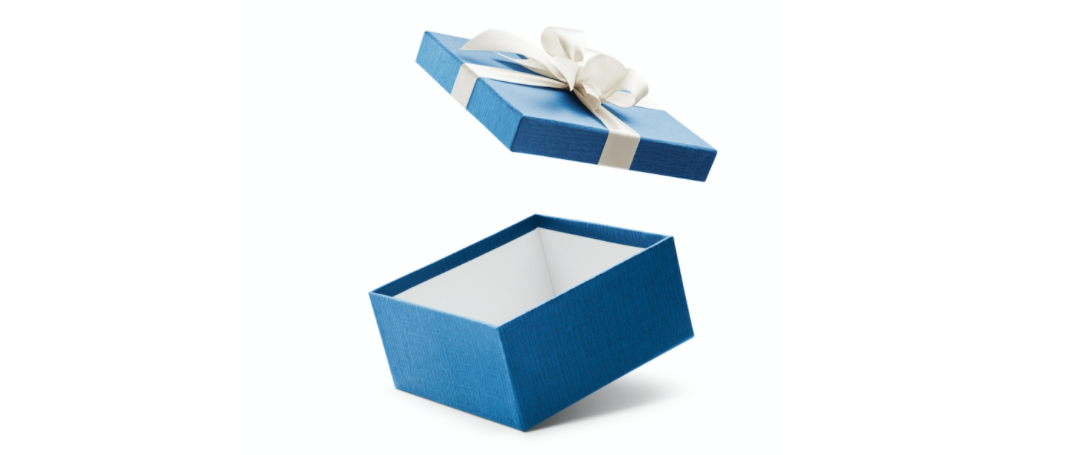
Providing survey incentives can significantly increase your response rate; however, it can also quickly drain your survey budget. So, don’t spend your resources aimlessly! Check out our list of the five elements to consider in choosing the most appropriate incentive for your survey and make sure you get the quality data your research needs.
- Budget
- Audience
- Incentive Types
- Delivery Method
- Anonymous Survey
Budget
Your budget will set the foundation for your research incentive program. Determine exactly how much you can spend, and then make sure you don’t exceed this amount. To do so, you must consider the actual incentive amount and the cost of preparing and distributing the reward. If you find that you have a limited budget for survey incentives, you might consider using a lottery or drawing as an option. Just take note though that a study in 2004, “Comparison of responses to including $2 bill versus a chance to win $250 in a mail survey of emergency physicians.”, found that using a $2 incentive produces a higher response rate than offering entry to win $250. Similarly, a study conducted by e-Rewards Market Research determined that providing a $2 bill results in better response rates than offering a chance to win a $2500 sweepstake.
Audience

Your audience is your main focus in designing your incentive program. You have to offer items that are of value to your audience. If your target audience is physicians, then you may need to spend more to get them to respond to your survey. According to a study, Incentives in Physician Surveys: An Experiment Using Gift Cards and Checks. Nowadays, it is unlikely that a $25 monetary incentive by itself will persuade a physician to participate in a survey. Still, Physicians may respond to incentives with a monetary value of $200 or more. Moreover, other factors may sway physicians to respond to, such as the significance of the agency’s research or reputation conducting the survey. In this instance, it is recommended to use a check bearing the reputable agency/non-profit organization’s name to highlight the legitimacy of the significant research being done.
Incentive Types

Based on your budget and target audience, choose the most appropriate type of incentive for your survey project. Below are the four survey incentive types that help researchers reach response rates of up to 40% or more when used correctly.
- Money for Survey Incentives – Monetary incentives can be included in the survey packet itself or a promised reward after completing the survey. These include cash, checks, PayPal credits, money orders, gift cards, coupons, and more. According to researchers with the US Department of Veterans Affairs, providing $5.00 cash upfront increased the response rates by 50% while the promise of a $5.00 cash incentive increased by only 30%.
- Promotional Item for Survey Incentives- Items directly connected to the survey are ideal; however, anything of value to the audience can be effective. For example, if the participants are environmentally conscious, then eco-friendly items are good incentives. Look for sample products or services that the audience is interested in and within budget.
- Charitable Donations – This category, in particular, requires that you know your audience. The stronger the emotional connection to the cause, the better your response rate will be, and the more likely respondents will see you in a favorable light. Charitable donations also qualify for tax deductions, so you may choose to offer a higher value incentive.
- About Drawings- A drawing (or raffle/sweepstakes) incentive gives your respondents a random chance to win a valuable prize instead of a contest based on merit. They complete the survey and are automatically entered to win something.
For more information about these types of incentives, check our blog post 3 Survey Incentive Types to Explode Your Response Rate.
Note: Whatever type of incentive you choose, the communication must explain the terms and conditions to earn the incentive clearly to the respondents.
Delivery method
The incentives should be convenient for your respondents to receive. For some audiences, cash is a good incentive, and some surveys have included a real $1 or $2 bill with their survey, but if we’re talking about larger amounts of money, then gift cards and coupon codes are more practical to distribute. You also have to determine whether all of your audience will receive the incentive or the same amount/type of incentive. If your incentives are limited, make sure to monitor responses closely to close the survey when the response limit is reached.
Anonymous Survey
Providing survey incentives to anonymous surveys can be harder to do, although not impossible. One way to enable this is by providing another form to fill out at the end of the survey to collect the respondent’s contact information. The contact information should, in no way, link to the survey form.
Whether or not you need to use an incentive depends on your target audience and your research topic. If your research is for a good cause (backed by a reputable institution), then the emotional tie may be enough to encourage your target audience to respond to your survey. Also, don’t forget that in incentives, bigger doesn’t always mean better. If possible, keep your incentives enticing but not too big; otherwise, it may attract people who survey just because they want the prize, creating bias and damaging the survey results’ quality.
For more information on survey incentives and data collection in general, contact DataForce!



